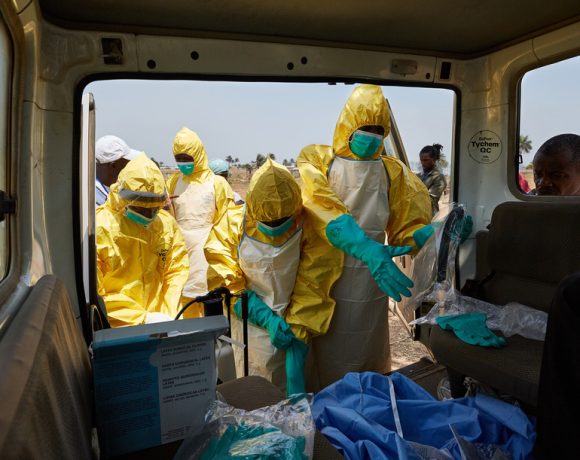Cambridge mathematicians unveil project to decode infectious diseases

Initiative aimed at students aged 11 to 14
Mathematicians from the University of Cambridge have launched a comprehensive set of resources aimed at helping students and teachers comprehend the vital role mathematics plays in combating infectious diseases.
Named the ‘Contagious Maths’ project, this educational endeavour is spearheaded by Professor Julia Gog from Cambridge’s Department of Applied Mathematics and Theoretical Physics. A prestigious Rosalind Franklin Award from the Royal Society backs it.
From common illnesses like measles and flu to more recent challenges such as SARS and Covid-19, mathematicians play a pivotal role in understanding and predicting the spread of epidemics within communities.
Interactive tools
The Contagious Maths resources, tailored for students aged 11 to 14, offer an opportunity to delve into the mathematical intricacies behind infectious disease spread, providing interactive tools for hands-on mathematical modelling.
Supported by lesson plans grounded in Cambridge research, teachers can now integrate real-world applications of mathematics into their classrooms.
Professor Julia Gog, the Director of the Millennium Maths Project, shared her passion for mathematics and emphasised the project’s mission to bridge the gap between abstract school-level math and its real-world applications.
“This is something I’m trying to help with now: to offer a glimpse from school to the research world to see the role mathematics can play in tackling important real-world problems,” she said.
The Contagious Maths project introduces mathematical modelling, exploring how mathematicians can simulate the spread of diseases through populations.
It provides insight into the questions mathematicians ponder when examining these models and sheds light on the day-to-day work of mathematics researchers in the field.
Gog acknowledged the critical period of ages 11 to 14, emphasising that this is when students form their views on how they relate to mathematics and science.
Girl students
The Contagious Maths resources aim to keep students engaged during this period, especially targeting girls to encourage their continued interest in mathematics.
Gog hoped these resources, designed for regular school lessons, would resonate with students who find traditional math disconnected from the real world. “Math is never black and white in this field,” she explained.
“There are always ways to challenge and develop the models, and some tricky thinking to be done about how the real epidemics and the simulations are related to each other.”
In addition to the curriculum-linked resources for schools, the Contagious Maths project includes a self-guided version for a more general audience, catering to students older than 14 or anyone interested in exploring mathematical modelling.
Gog added: “Elegant theoretical ideas can tell us something valuable and universal about mitigating the devastating effects of disease on human and animal populations.
“Super abstract equations can hold fundamental truths about real-world problems – I don’t think I will ever tire of thinking about that.”
Featured image: Mathematicians play a pivotal role in understanding and predicting the spread of epidemics within communities. Credit: Jacek Dylag












